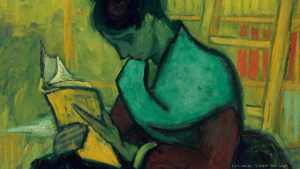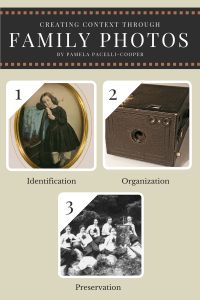By Pam Pacelli Cooper President, Verissima Productions Two weeks ago, I wrote about transporting several bins of family papers from Chicago to Boston. This week, I’m thinking about the books on my shelves, and the story they tell. Soon after we arrived home, we had guests from Tennessee in our Airbnb. I walked in to[Read More]
Techniques
How We Tell Our Stories
By Pam Pacelli Cooper President, Verissima Productions We tell stories with video and audio. In the personal histories we create we hope to capture the successes and happy moments, but also the moments of pain, mistakes, and repair. If future generations see only the “great” moments of their grandparents’ lives, they may be cowed and dispirited, rather[Read More]
Personal History & Making Choices – Part 3
Personal History & Making Choices – Part 2
Photo, Photo, Who’s That in the Photo?
By Pamela Pacelli-Cooper President, Verissima Productions Incorporated Who takes the photos in your family? Do you have stacks and stacks of albums from past years, a Picasa or Flickr account with thousands of images, or do you stay away from taking photographs because it’s too much trouble? And what about photos from your[Read More]





